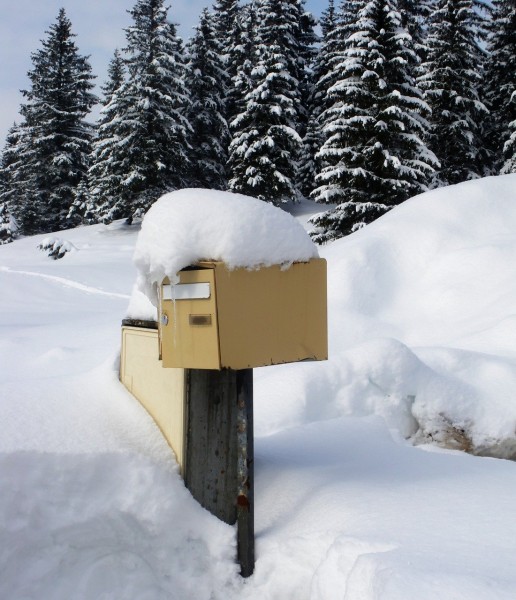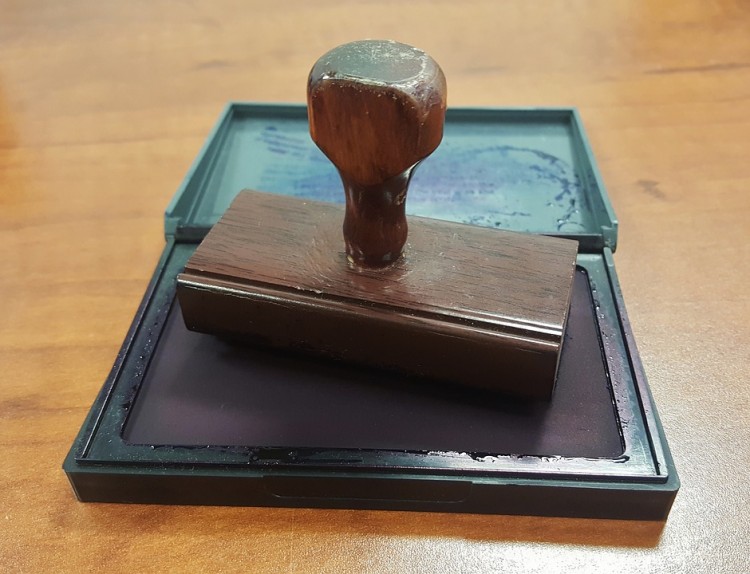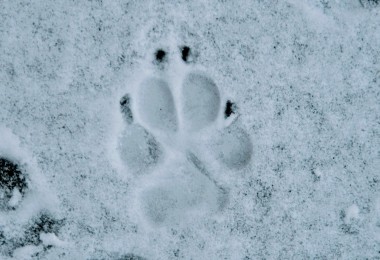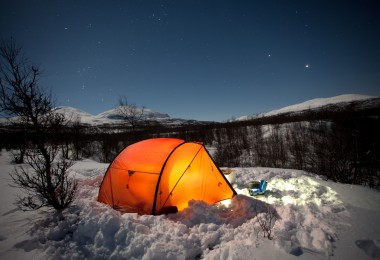There’s nothing better than a good old-fashioned treasure hunt and letterboxing delivers. With letterboxing, you can combine your love for the outdoors with puzzle-solving, navigating, and creativity, which can turn into a truly adventurous outing with family and friends.
The practice of letterboxing has its roots in England, starting back in the mid-1800s. James Perrot, a popular Dartmoor guide, placed a bottle with his calling card along the banks of Cranmere Pool. New and veteran hikers could contact him and record their accomplishments by including a letter or postcard of their own in the bottle. As time went on, a box replaced the bottle, and the term letterboxing was born. Hikers began to visit these letterboxes and retrieve the postcards and mail them back to the hikers that previously left them there.
Now, if you’re looking for an adventure, you can follow clues left by the letterbox owner to go on a treasure hunt and find your own treasure. It’s as simple as reading a good old-fashioned treasure map! But what exactly in the treasure?

Use the clues to figure out the location of the letterbox and find your own treasure. Image by ExplorerBob from Pixabay
Some of the links in this article may contain affiliate links. When you make a purchase using these links, part of the proceeds go to Snowshoe Mag. These proceeds help us pay for site maintenance and article contributions. Additionally, as an Amazon Associate, we earn from qualifying purchases. Please see our disclosure for more details.
Getting Started With Letterboxing
Well, other than hiking in the great outdoors and discovering new trails, the treasure lies in the logbook and stamp. Yes, the stamp! When you find a letterbox, it will usually include an ink pad, a stamp, and a logbook.
But, each letterbox stamp is unique. In fact, many people carve their own original stamps or select fun and interesting stamps that go great with the theme and location of the letterbox itself.
In the logbook that’s part of the letterbox, you’ll record your achievement of finding the letterbox with a stamp of your own! Then, when other adventurers find it, they’ll see all the past visitors that have stopped along the way.
Early on, these letterboxes were only found in extremely inaccessible areas with few clues as to their whereabouts. This made the accomplishment of actually finding one quite remarkable. Nowadays, they are much easier to find, located on many public trails in easily accessible locations. But there are still some boxes, with the seasoned adventurer in mind, that are still quite difficult to find.
A helpful resource for getting started with letterboxing is The Letterboxer’s Companion: Exploring The Mysteries Hidden In The Great Outdoors. You can also join the letterboxing community, Atlas Quest, to meet new people and get started!
Read More: Snowshoe Geocaching: Searching For Booty

You can find letterboxes almost anywhere, sun or sun. Image by Baptiste Heschung from Pixabay
Items To Bring
You just need a few pieces of equipment to get started on your treasure hunt.
1. Bring a logbook to record all of the stamps and locations of the letterboxes you find. Generally, a small (5” x 8”) book of white, unruled paper (like this notebook) works best, but it can be any size with any paper you like.
2. You’ll want to carry your own inkpad with you, ideally with a raised surface, so you’ll be able to use it with larger stamps you might find in the boxes. Some letterboxes do not include an inkpad with their logbook, and in colder weather, the inkpad may freeze and become unusable. In this case, it’s always best to carry one with you just in case.
3. Also, carry a pen or marker to take notes on the locations and condition of each letterbox (if the box is broken, water is leaking in, etc.) as well as to sign the box’s logbook. It’s always best to report the condition of the letterbox to the owner, especially if the box is deteriorating.
4. Don’t forget to bring your own unique stamp. Small store-bought stamps (1” x 1”) generally work best. Most logbooks are small, so there won’t be a lot of room for a bigger stamp. You might also try to create your own stamp by carving it yourself. Use your imagination!
5. Last but certainly not least, don’t forget to bring your clues! But where do you get them?

You only need a few items to get started, one of which is a stamp. Photo: Brett_Hondow via Pixabay
Use The Clues To Find The Letterboxing Treasure
The best way to find the clues is on dedicated letterboxing websites such as letterboxing.org. Visiting this website gives you access to the whereabouts of thousands of letterboxes hidden around the world! Some owners make finding the letterbox straightforward. For example, “Hike 2 miles along the trail until you find the yellow post, look to the right, and underneath two large rocks, you’ll find the box.”
However, some owners make it a little more challenging and write the clue like a riddle for you to solve yourself. For example, some boxes can only be found by finding a box that contains clues to other boxes. Or sometimes boxes are only found by word of mouth! The best way to start is to search for letterboxes near you. Find a few that you’re interested in searching for, and start hiking!
Most letterboxes can be found in public parks and well-known trails, perfect for snowshoeing or hiking. As a matter of fact, I found one last winter while snowshoeing on one of my favorite trails just by coincidence. I was snowshoeing just a few feet off the trail, and it happened to be slightly uncovered from the brush and snow. I made sure it was sealed tight and hid it back under the brush until I returned the next day with my stamp and logbook in hand!
Read More: Snowshoeing in Your Own Backyard: Options Close to Home
Tips For Other Letterbox Treasure Hunters
Keep in mind, always follow each park’s specific trail rules. Also, always handle each letterbox you find with care, especially logbooks. These can deteriorate quickly if they get snow or ice on them. Always make sure that when you re-hide the letterbox, that it’s sealed so that no moisture can get into it, and it’s well-hidden.
Letterboxing is a family-friendly treasure hunt activity that everyone can enjoy. Try it the next time you go out snowshoeing, and maybe the next letterbox you find will be mine! Good luck!
Have you been letterboxing? What did you find on your treasure hunt? What tips do you have for other letterbox enthusiasts? Let us know in the comments below!
This article was originally published on Jan 26, 2019, and was most recently updated on May 18, 2021.
Read Next:
Ten Tips For Making Snowshoeing Fun With Kids
Tree Identification While Snowshoeing







Leave a Comment